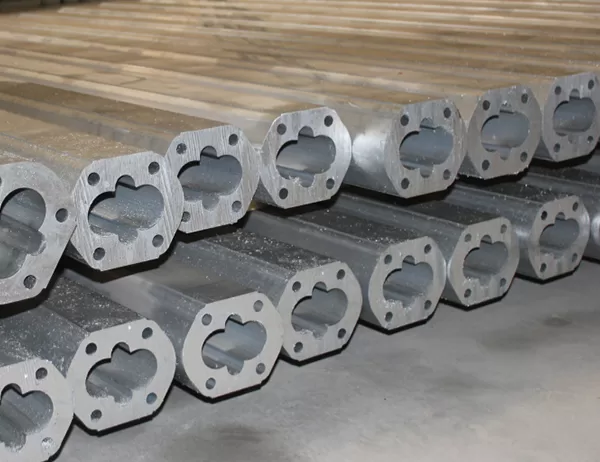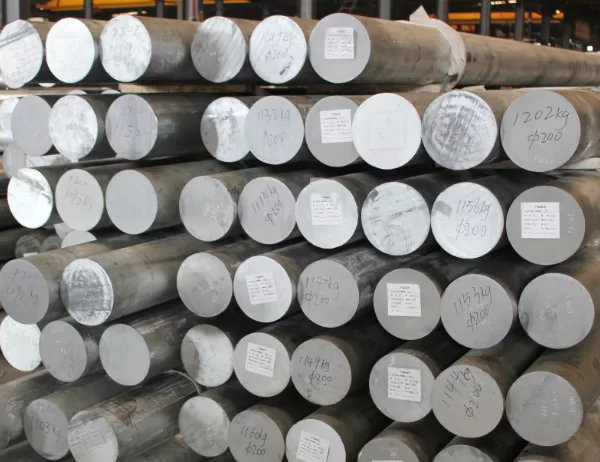T6 aluminum pipes offer an exceptional combination of strength, corrosion resistance, and cost-effectiveness. By implementing innovative strategies, engineers and manufacturers can leverage these properties to optimize their projects while maintaining financial viability. This article explores several cost-effective strategies with T6 aluminum pipes, providing valuable insights for decision-makers in various industries.
Material Selection
Choosing T6 aluminum pipes over alternative materials can lead to significant cost savings. T6 aluminum alloys possess excellent strength-to-weight ratios, reducing the overall mass of structures and components. This can translate into reduced transportation costs, smaller infrastructure requirements, and improved fuel efficiency. Additionally, T6 aluminum’s corrosion resistance eliminates the need for protective coatings or treatments, further reducing maintenance expenses over time.
Design Optimization
Proper design optimization can maximize the value of T6 aluminum pipes. By utilizing sophisticated software tools and finite element analysis, engineers can create designs that minimize material usage while ensuring structural integrity. This approach reduces the amount of aluminum required without compromising performance, leading to significant cost savings. Furthermore, modular design principles allow for the efficient assembly of pipe structures, enabling flexibility and cost reduction in manufacturing and construction.
Fabrication Techniques
Advanced fabrication techniques can streamline the production of T6 aluminum pipes. By implementing robotic welding, automated cutting, and CNC machining, manufacturers can improve accuracy, reduce labor costs, and minimize material waste. These techniques also enhance quality control, ensuring the reliability and longevity of pipe systems. Additionally, using cold-forming processes instead of hot extrusion can reduce energy consumption and production costs.
Supply Chain Management
Effective supply chain management is crucial for cost-effective utilization of T6 aluminum pipes. Establishing strong relationships with reliable suppliers can secure a stable supply of high-quality materials at competitive prices. By diversifying suppliers and optimizing transportation routes, manufacturers can mitigate supply chain risks and reduce procurement costs. Inventory management plays a vital role in minimizing overstocking and ensuring timely availability of materials.
Sustainable Practices
Embracing sustainable practices can not only reduce environmental impact but also yield cost-effective benefits. Recycling T6 aluminum pipes at the end of their lifespan not only conserves natural resources but also generates revenue. By implementing lean manufacturing principles, minimizing waste, and optimizing energy consumption, manufacturers can reduce their operating costs and contribute to a sustainable future.
Conclusion
By implementing cost-effective strategies with T6 aluminum pipes, engineers and manufacturers can achieve optimal performance while minimizing expenses. From material selection and design optimization to fabrication techniques, supply chain management, and sustainable practices, numerous opportunities exist to maximize the value of these exceptional pipes. By leveraging these strategies, organizations can enhance their competitiveness, reduce environmental impact, and achieve long-term success in various industries.




